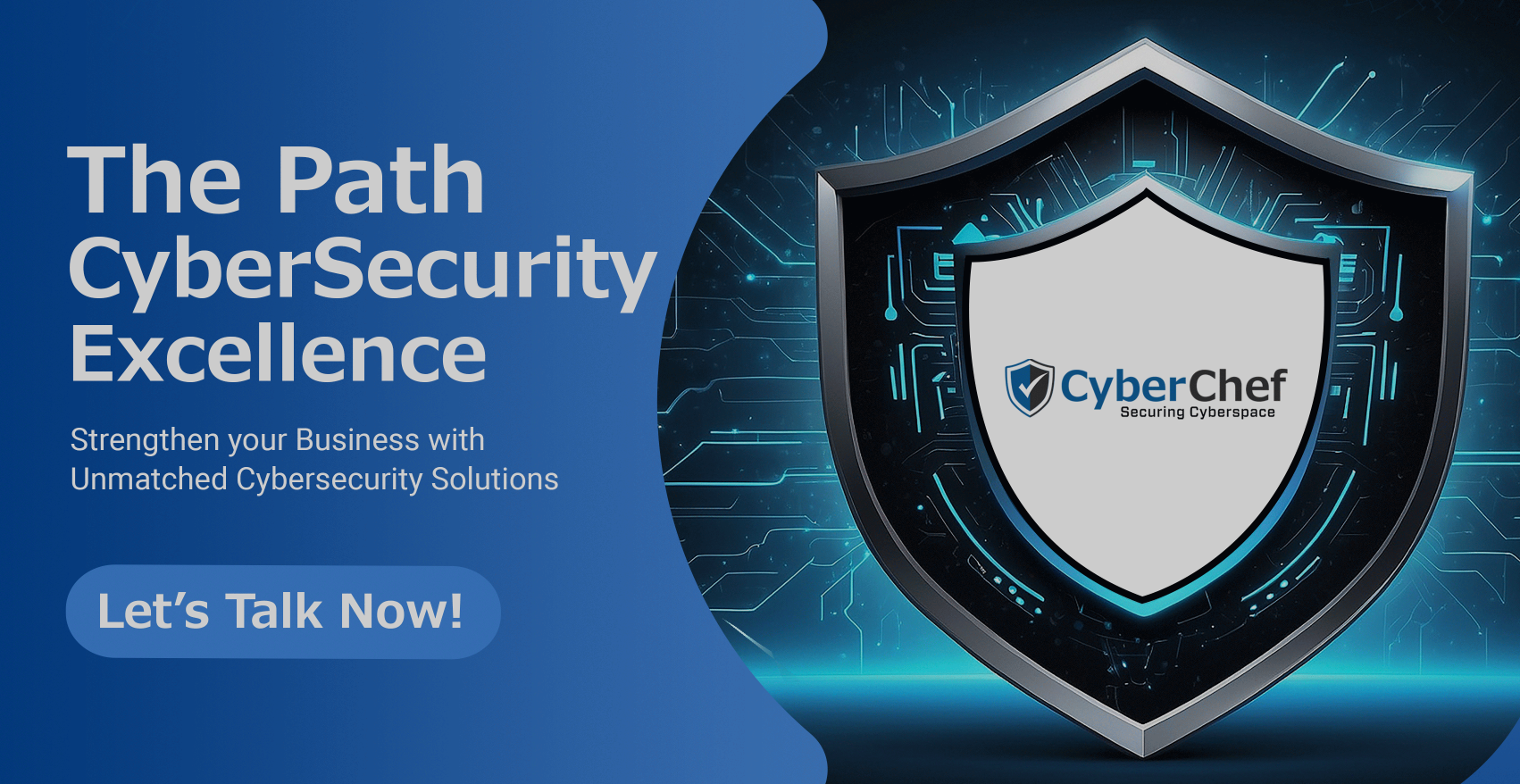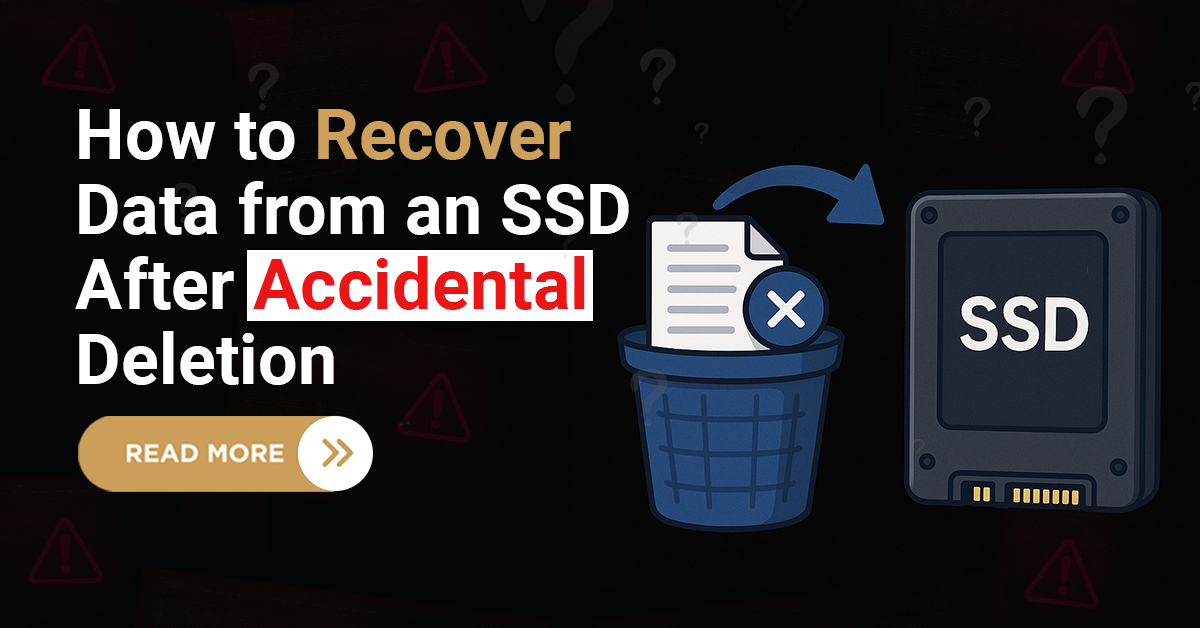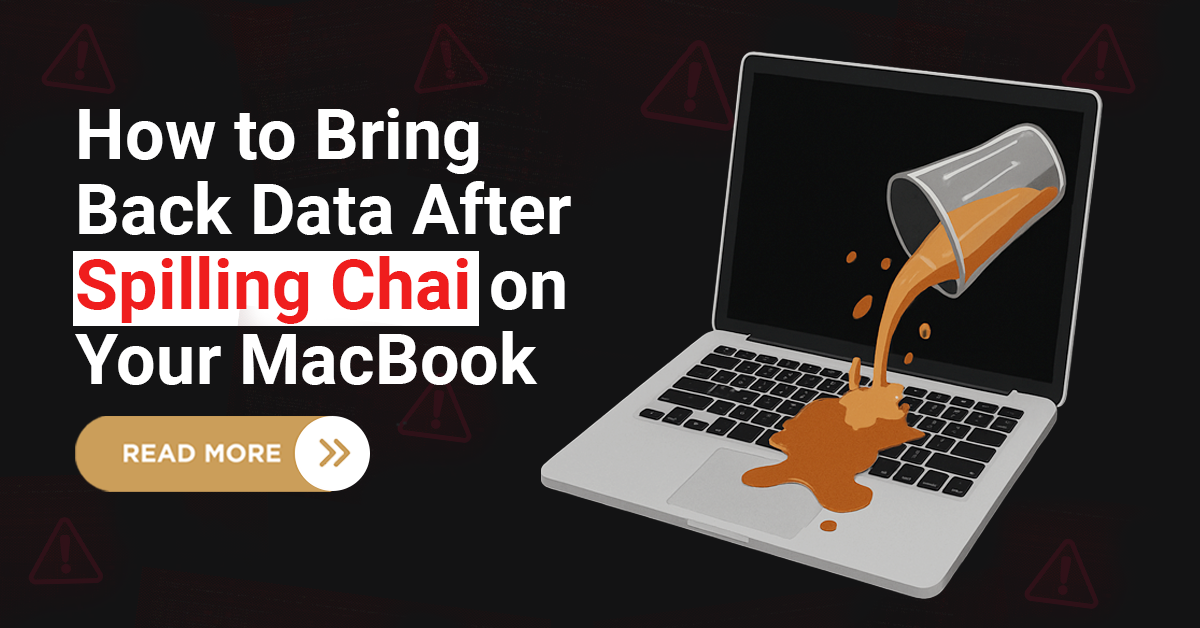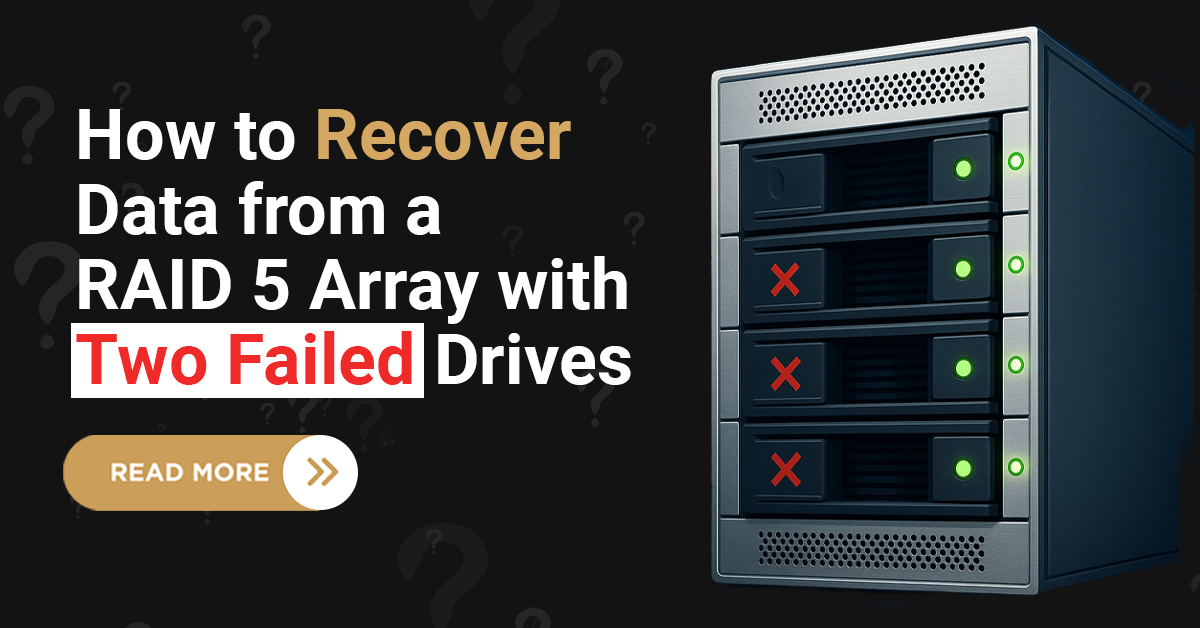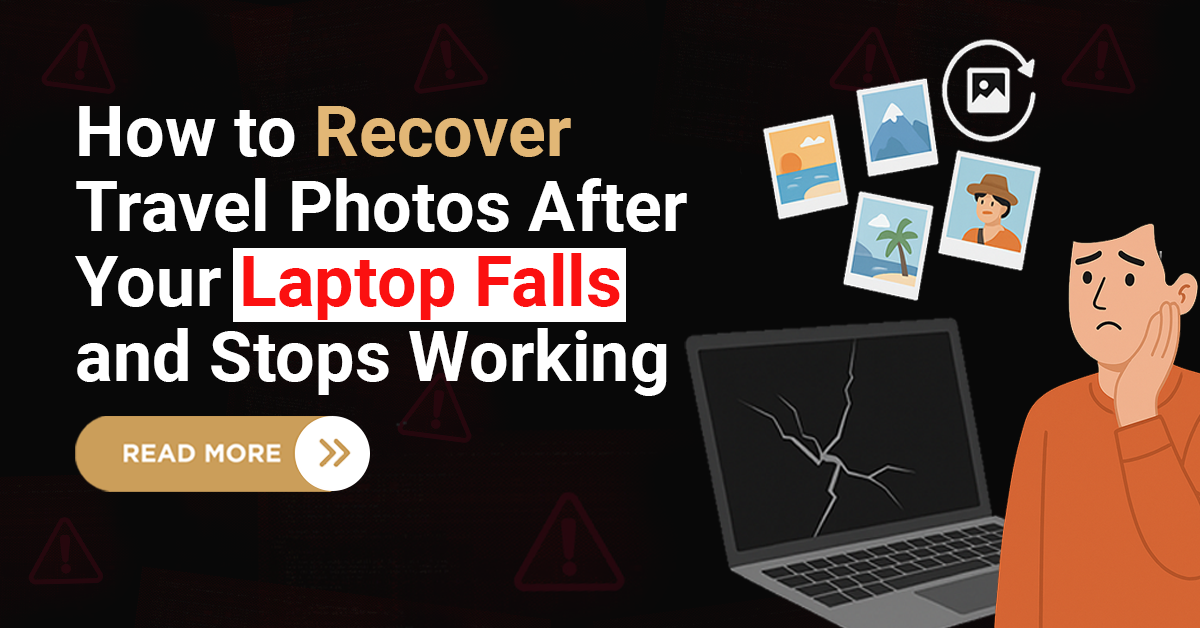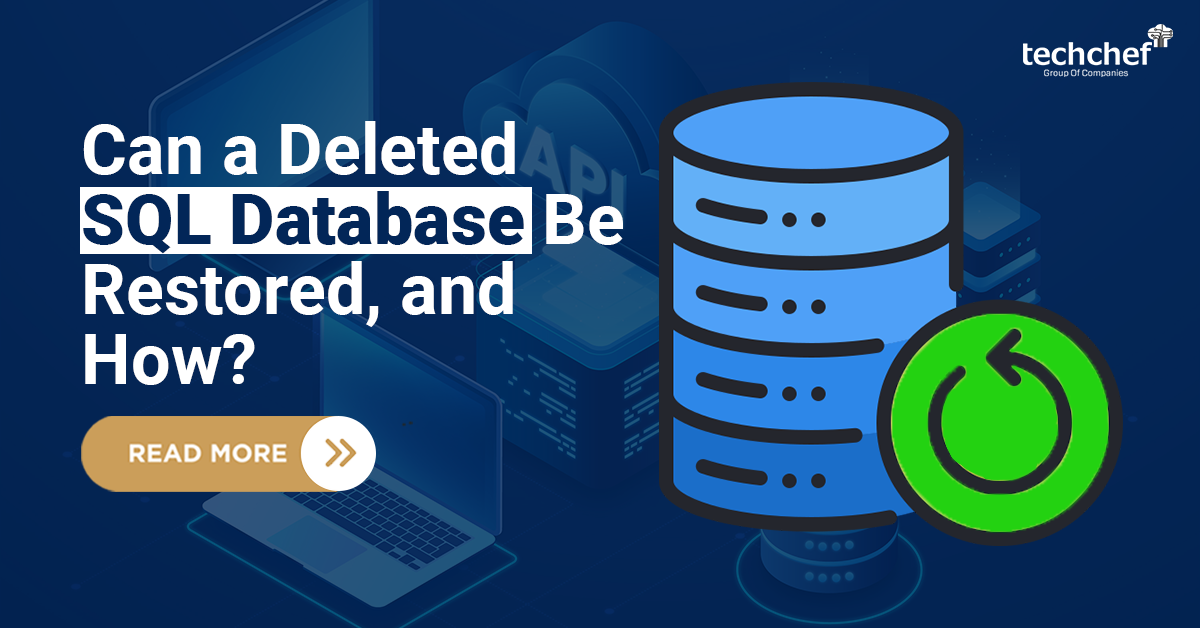From browsing the internet to sharing personal information, we engage in various online activities on numerous websites. Each website has a significant amount of data related to us, including IP addresses and even biometric identities.
While we use the online mode to enhance work efficiency and the flow of information, we often don’t prioritize cybersecurity, leaving us easily vulnerable to being victims of data breaches.
Have you ever considered what would happen if the personal information you put on any online platform were to be breached?
In May 2017, government agencies and organizations worldwide faced a ransomware attack named Wannacry, resulting in both personal data loss and financial loss. Additionally, a Facebook data breach occurred in April 2021 when the personal data of 533 million Facebook users was exposed on an online forum.
There is a pressing need for cybersecurity – a system capable of protecting us from all threats to personal data. This article is focused on raising awareness and providing insights into how you can protect your personal data through five main cybersecurity tips.
Before moving on to the topic, we should know:
About Personal Data Personal data, also known as personally identifiable information (PII) or personal information, refers to any information that can identify an individual either directly or indirectly. It covers a wide range, of personal data due to privacy and security concerns.
Types of Personal Data
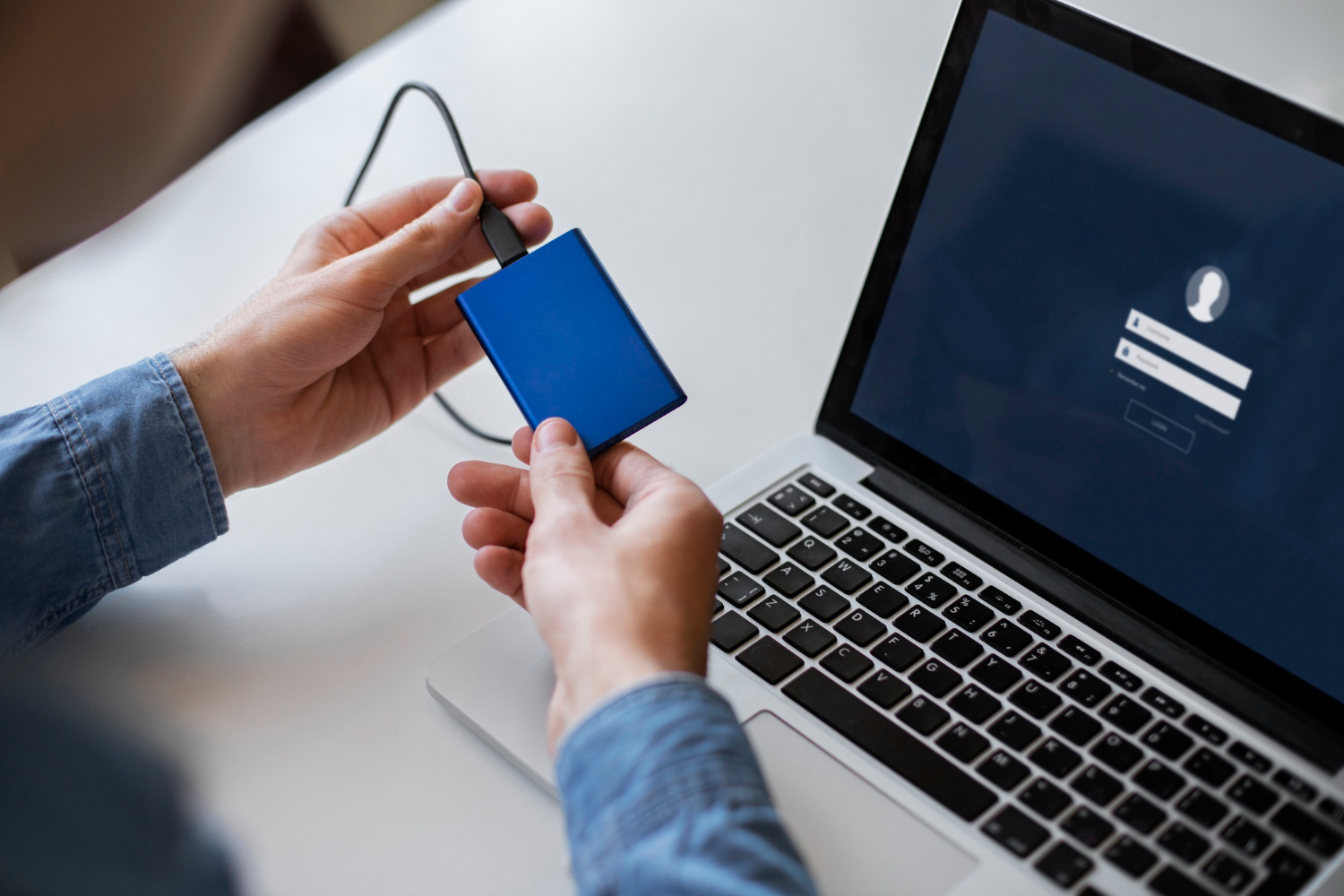
Personal Data
1. Biographical Information: This category includes data like a person’s name, date of birth, gender, and nationality. Such information is often used for identification purposes.
2. Contact Information: Contact details such as phone numbers, email addresses, physical addresses, and social media profiles fall into this category. These details help individuals and organizations communicate and connect.
3. Financial Information: Financial data includes bank account numbers, credit card information, income details, and financial transactions. This type of data is highly sensitive and valuable to cybercriminals.
4. Health Information: Health-related data includes medical records, prescriptions, and health insurance information. Protecting health data is crucial for maintaining privacy and complying with healthcare regulations.
5. Location Data: Location-based data from GPS devices, smartphones, or internet-connected devices can reveal an individual’s movements and habits. This data is often used for location-based services and marketing.
6. Online Identifiers: Online identifiers include IP addresses, user IDs, social media handles, and device-specific identifiers. These are essential for online interactions but can also be exploited for tracking and profiling.
7. Biometric Data: Biometric information encompasses fingerprints, facial recognition data, retina scans, and voiceprints. Biometrics are increasingly used for authentication and security purposes.
8. Employment Information: Employment-related data consists of job titles, workplace addresses, work history, and salary information. Employers and HR departments collect and use this data.
9. Educational Records: Educational data includes school records, transcripts, diplomas, and degrees earned. Educational institutions and potential employers often request this information.
10. Social and Demographic Data: Social and demographic data covers aspects like marital status, family size, and ethnicity. It’s often used for demographic analysis and targeted advertising.
11. Preferences and Interests: Information about an individual’s preferences, hobbies, and interests can be used for personalized marketing and content recommendations.
12. Legal and Identity Documents: Legal documents such as passports, driver’s licenses, and social security numbers are crucial for identification and official purposes. These documents must be protected to prevent identity theft.
13. Communication Data: Communication data includes emails, text messages, and other forms of digital communication. These records can provide insights into an individual’s personal and professional lives.
What is Cybersecurity?
Cybersecurity, often referred to as cyber security, is the practice of protecting computer systems, networks, and data from various forms of cyber threats and attacks. It covers a wide range of technologies, processes, and practices designed to protect information technology systems and ensure the confidentiality, integrity, and availability of data.
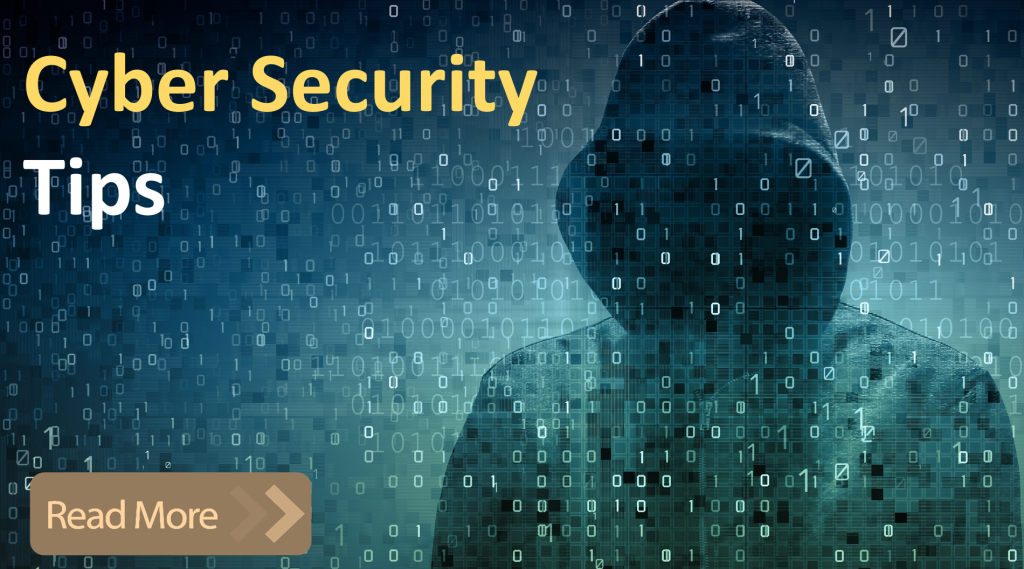
A cyber threat refers to any possible online danger or malicious activity that can compromise the confidentiality, integrity, or availability of computer systems, networks, data, or online services. These threats usually happen through cybercriminals and hackers, who exploit weaknesses in any online platform to seize them and cause harm.
Cyber threats can take various forms, including malware infections, phishing attacks, data breaches, ransomware, and many others. Their primary goal is to steal sensitive information, disrupt operations, or gain unauthorized access to systems for financial gain, spying, or other criminal purposes.
The field of cybersecurity is dedicated to identifying, dealing with, and preventing these cyber threats.
Types of Cyber Threats to Personal Data
Personal data is a particularly easy target for cyber threats in the online environment. Here are several ways in which personal data can be compromised online:
1. Phishing Attacks: Cybercriminals send emails or messages that appear legitimate to trick individuals into sharing personal information, such as login credentials, Social Security numbers, or financial details.
2. Data Breaches: Organizations that collect and store personal data can suffer data breaches due to various vulnerabilities. These breaches can expose sensitive information to unauthorized parties.
3. Identity Theft: Criminals may use stolen personal data to impersonate individuals, open fraudulent accounts, or engage in financial transactions on their behalf.
4. Ransomware: Ransomware attacks can encrypt personal data on an individual’s device, making it inaccessible until a ransom is paid to the attacker.
5. Unsecured Wi-Fi Networks: Public Wi-Fi networks can be insecure, making it easier for attackers to intercept data transmitted over these networks, potentially exposing personal information.
6. Weak Passwords: Poorly chosen or easily guessable passwords can compromise personal data if attackers gain access to online accounts.
7. Outdated Software: Outdated software may contain vulnerabilities that cybercriminals can exploit to gain unauthorized access to personal data.
8. Insecure Websites: Websites lacking proper security measures may expose user data to cyber threats, making it easier for attackers to steal personal information.
Five Cybersecurity Tips to Protect Personal Data
Cybersecurity threats are constantly evolving, but there are essential steps you can take to safeguard your personal information. Here are five cybersecurity tips to help you protect your personal data:
1. Strong and Unique Passwords
Use strong, complex passwords for all your online accounts. A strong password typically includes a mix of upper and lower-case letters, numbers, and special characters. Avoid using easily guessable information like birthdays or common words.
Consider using a combination of unrelated words that are easy for you to remember but hard for others to guess. Use a different password for each online account to prevent a single breach from compromising multiple accounts.
2. Enable Two-Factor Authentication (2FA)
Whenever possible, enable 2FA, or multi-factor authentication, for your accounts. This adds an extra layer of security by requiring you to provide a second form of verification, such as a one-time code sent to your mobile device. Even if someone knows your password, they won’t be able to access your account without the second factor.
3. Keep Software and Systems Updated
Regularly update your operating system, software applications, and antivirus programs. Updates often include security patches that fix vulnerabilities. Enable automatic updates whenever possible to ensure you’re protected against the latest threats.
4. Beware of Phishing Attempts
Be cautious when clicking on links or opening email attachments, especially if they are from unknown or suspicious sources. Verify the legitimacy of requests for personal information, such as login credentials or financial details, even if they appear to come from trusted sources.
5. Secure Your Wi-Fi Network
Protect your home Wi-Fi network with a strong, unique password. Change the default login credentials for your router to prevent unauthorized access.
By implementing these cybersecurity tips, you can significantly reduce the risk of your personal data falling into the wrong hands. Remember that cybersecurity is an ongoing process, so stay informed about the latest threats and best practices to keep your personal information safe.
How do we know that our personal data has been breached?
Recognizing that your personal data has been breached can be essential for taking fast action to protect your information.
Some common signs of Data Breach –
1. Notifications from Affected Organizations:
You receive an official notification from a company or organization stating that they have experienced a data breach and that your personal information may have been compromised. These notifications typically provide details on the breach, the type of data involved, and the steps to take.
2. Unauthorized Account Activity:
You notice unusual or unauthorized activity in your financial accounts, such as unexplained withdrawals, charges, or purchases you didn’t make.
3. Unexpected Password Changes:
You receive notifications or emails indicating that your passwords have been changed for various online accounts, and you did not initiate these changes.
4. Unrequested Password Reset Emails:
You receive password reset or account recovery emails from online services or platforms that you didn’t request.
5. Phishing Attempts:
You receive suspicious emails or messages requesting personal information, login credentials, or financial details. These messages may claim to be from trusted organizations but contain grammatical errors or ask for unusual information.
6. Reports from Security Tools:
Security software or monitoring tools on your device or network detect suspicious or unauthorized activities, such as malware infections or unauthorized access attempts.
If you suspect that your data has been breached or encounter any of these signs, it’s important to take immediate action. Begin by verifying the legitimacy of any notifications you receive, changing compromised passwords, enabling two-factor authentication where possible, and monitoring your financial accounts closely.
Additionally, consider reporting the breach to the affected organization and law enforcement authorities, especially if the breach involves sensitive information.
Conclusion
Cybersecurity is a shared responsibility, and by following these five tips, you can go a long way toward enhancing your digital security.
By staying informed, practicing using good passwords, enabling multi-factor authentication, keeping your software updated, using a secure Wi-Fi network, and regularly backing up your data, you can significantly reduce the risk of falling victim to cyber threats and protect your data from harm.
To protect our data, our economies, and our way of life, individuals, businesses, and governments must prioritize cybersecurity and work together to stay ahead of ever-evolving cyber threats. It’s an investment that pays dividends in the form of security, trust, and peace of mind in this increasingly digital age.
If you face the situation of data loss in the circumstances of a malware attack, a ransomware attack, phishing in emails, or other reasons, do not worry; there is hope. Consult us at Techchef Data Recovery, and we have the expertise to recover data in many complex cases, including ransomware attacks.


